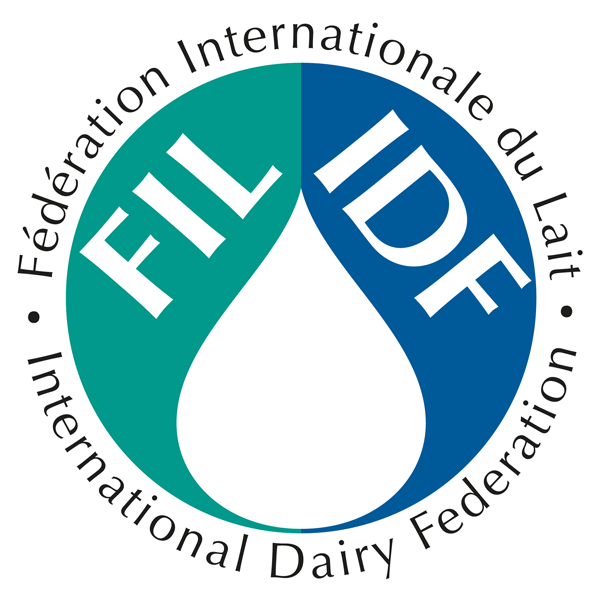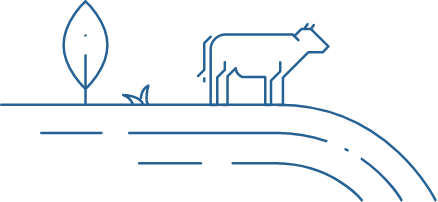Share this page
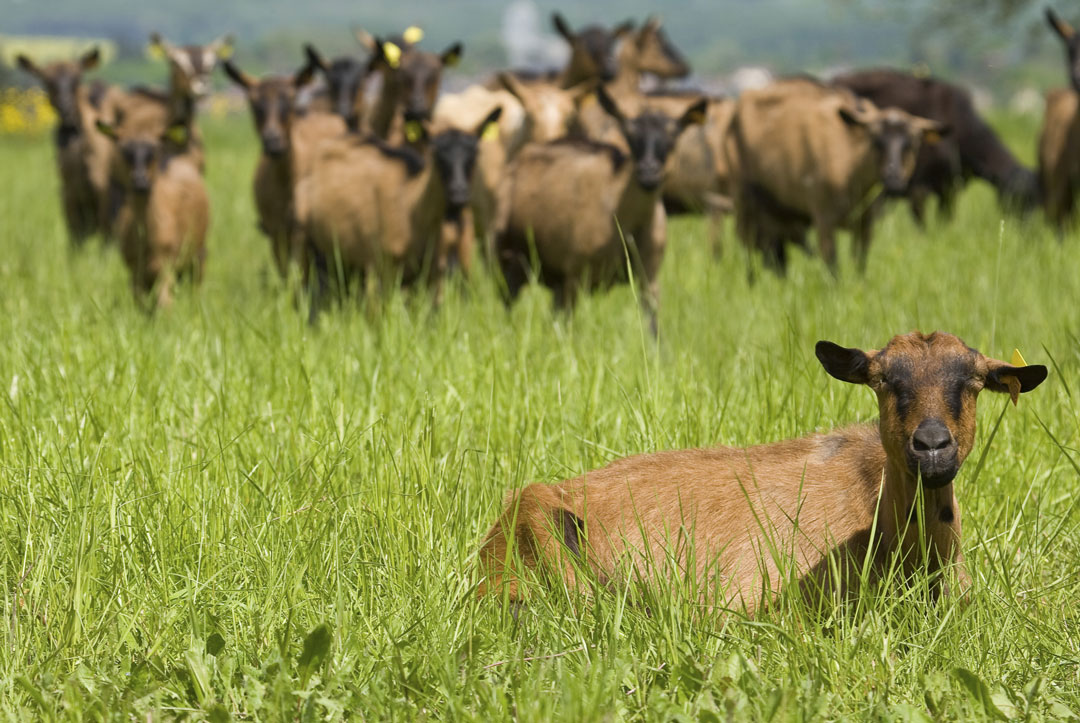
AUTHOR
Patricia Garcia Diaz, SAI Platform
Abstract
With 80-90% of greenhouse gas (GHG) emissions from the dairy industry generated at farm level, dairy companies are looking for the best ways to tackle the challenges of GHG emissions and improve the Environmental Impacts of their dairy farms. Academic institutions and companies have researched and tried different approaches and practices that have delivered various outcomes. Phase 1 of this project aims to present an overview of relevant practices in a consistent manner to create a toolbox that companies could apply within their own dairy supply chains, recognising such things as: geographical locations, farm archetypes, potential for GHG reductions, implementation costs, potential barriers and incentives, to name some aspects.
The overview will also include current research and what potential the research could offer. Phase 2 envisages companies having sufficient knowledge to create net zero farm pilots to demonstrate good practices within their operating context, as required. Phase 3 of the project could potentially provide opportunities for partnerships between companies to scale the lessons learnt from phases 1 and 2 and help drive innovation and collaboration within the dairy industry to reduce GHG emissions.
Introduction
The dairy industry recognises that GHG emissions produced at farm level are contributing to climate change. To tackle this issue, SAI Platform’s Dairy Working Group and the European Roundtable for Beef Sustainability (ERBS), created a workstream and joint project dedicated to identifying known and practical solutions to mitigate GHG at farm level.
The project focuses on capturing members’ activities and insights to create a globally comprehensive toolbox of practices. As a consolidated insight into operations already in practice and the potential of evolving practices for GHG reductions in dairy and beef farms, this toolbox provides the opportunity to scale activities on climate action.
Collaboration is key to this project, and partners are invited to pilot and test different practices together. The resulting toolbox will be used as a knowledge base and data centre that will serve the industry as a source of information to improve GHG impact at farm level.
Project members
Ahold Delhaize, Arla, Barry Callebaut, Bord Bia, Coca-Cola, Dairy Australia, Dairy Farmers of America, Danone, Ferrero, Fonterra, Friesland Campina, Givaudan, Glanbia Ireland, Innovation Centre for US Dairy, Kerry, Land O’ Lakes, Mars, Molkerei Ammerland, Nestlé, Reckitt, Starbucks, Unilever and the European Roundtable for Beef Sustainability (ERBS).
The project consists of 3 key phases:
- Phase 1 Collect and Categorise
- Phase 2 Pilot
- Phase 3 Scale
The project is currently in Phase 1 which aims to compile a comprehensive toolbox identifying current known practices used within the industry, as well as potential research outcomes. The workstream will also identify actionable insights on potential options to reduce greenhouse gas emissions across regions and different farm systems. This includes information such as GHG reduction potential, cost of implementation or applicability across different regions and farm archetypes.
A survey was created and shared globally through SAI Platform’s Dairy Working Group and ERBS members and IDF Partners. To ensure academic rigor in the data collection and analysation, SAI Platform contracted Wageningen University to collect and analyse the information.
The survey was distributed in May 2021. The goal of the survey is to collect information on relevant farm level GHG mitigation options that are currently being used through a structured process. Mitigation options are split up into four main categories and examples of each can be seen in figure 1.
Information on the areas here will be sorted as follows:
- The applicability of the practice for different farm archetypes,
- The required investment or economic viability,
- The range of GHG reduction,
- Required skills to implement the practice.
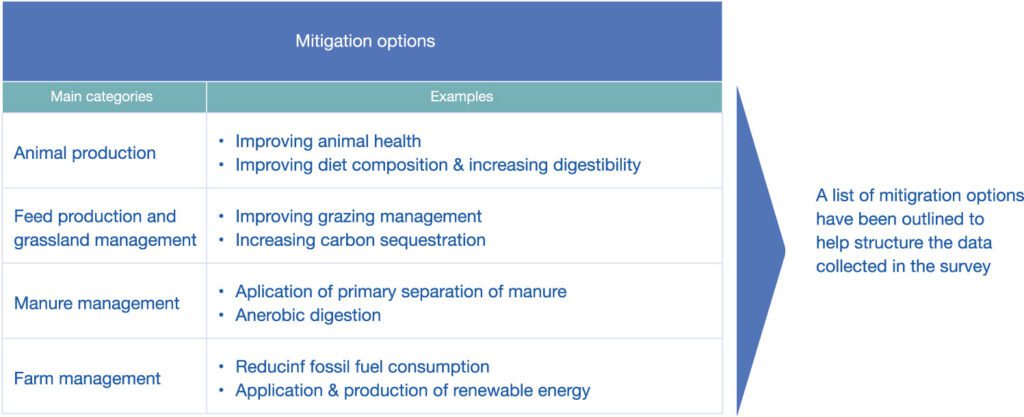
Burgeoning technologies will enable the livestock sector to lower GHG emissions from field-to-fork even further in the coming years.
Patricia Garcia Diaz, SAI Platform Tweet
Expected Results
We expect by Q3 2021 to have a collection of best practices that mitigate GHG emissions categorised and described at farm level.
Next Steps
After completing Phase 1 of the project in Q3 2021, the results of the survey will enable us to create a “Toolbox of Practices for GHG Reduction in Dairy & Beef Farms”.
In Phase 2, the group aims to run several net-zero farm pilots that will test and/or implement practices described and identified from the toolbox through the collaboration of SAI Platform Dairy Working Group Members, ERBS, and other partner organisations.
In Phase 3 we aim to scale-up activities on climate action in the dairy industry through member collaborations on stand-out solutions as well as potential collaborations with other organisations to provide the industry a source of information to improve GHG impact at farm level.
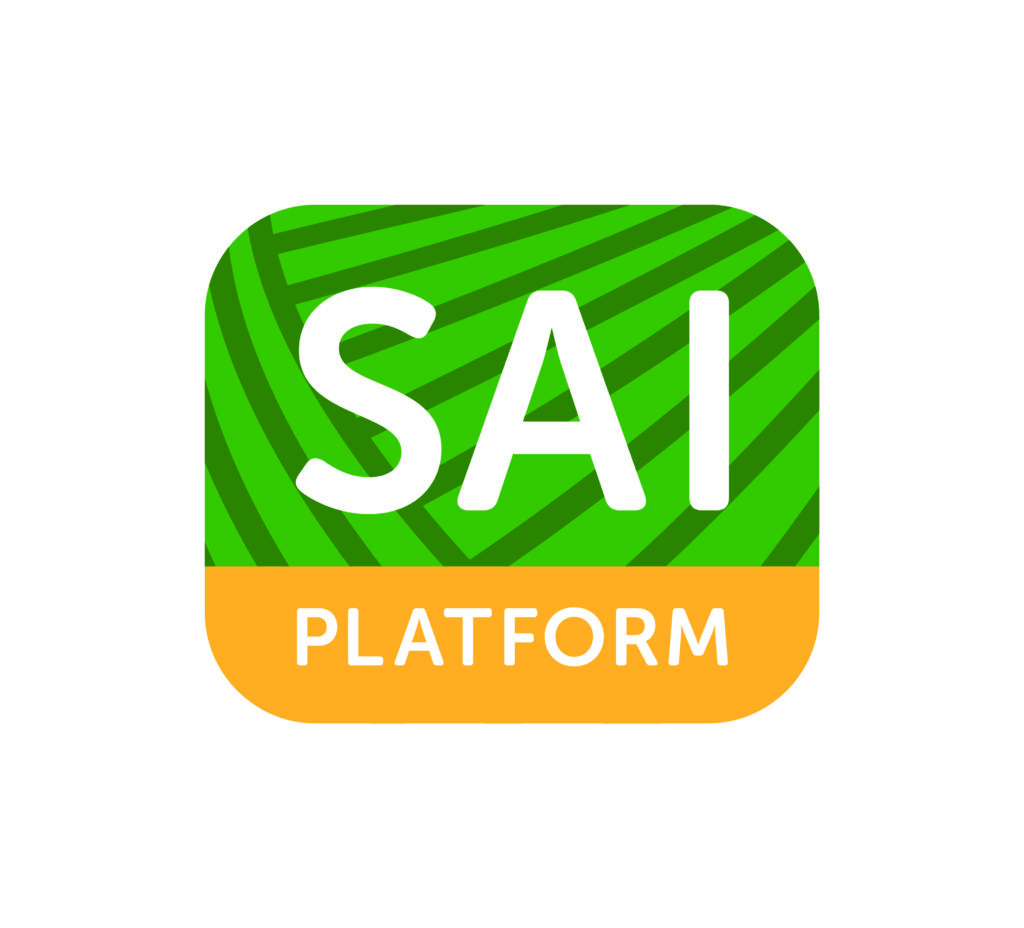
Conclusion
SAI Platform’s Dairy Working Group and the ERBS are committed to tackling the issue of GHG mitigation at farm level. By creating a global, comprehensive “Toolbox of Practices for GHG Reduction in Dairy & Beef Farms” knowledge sharing is encouraged, and members can support their suppliers to apply best practices on their farms. This collaboration will encourage improvements in GHG mitigation at an industry level.
References
SAI Platform Website: Dairy Working Group https://saiplatform.org/working-groups-committees/the-dairy-working-group/
WWF Website: Article on Afi https://wwf.panda.org/?348210
